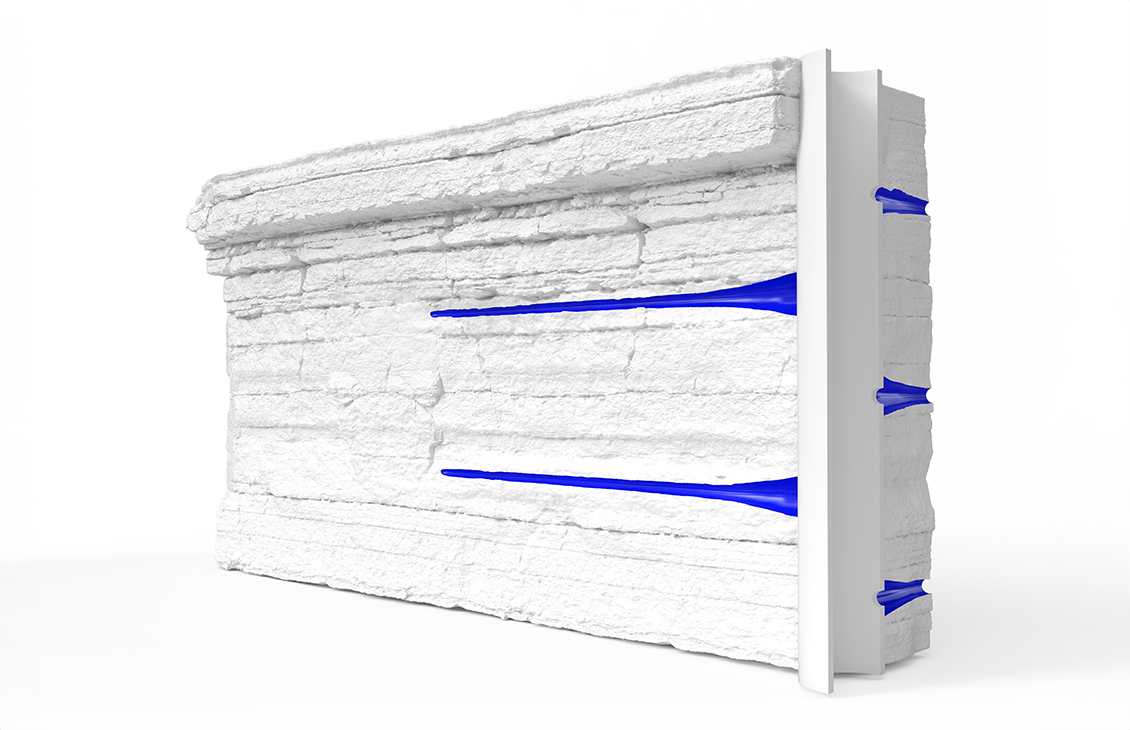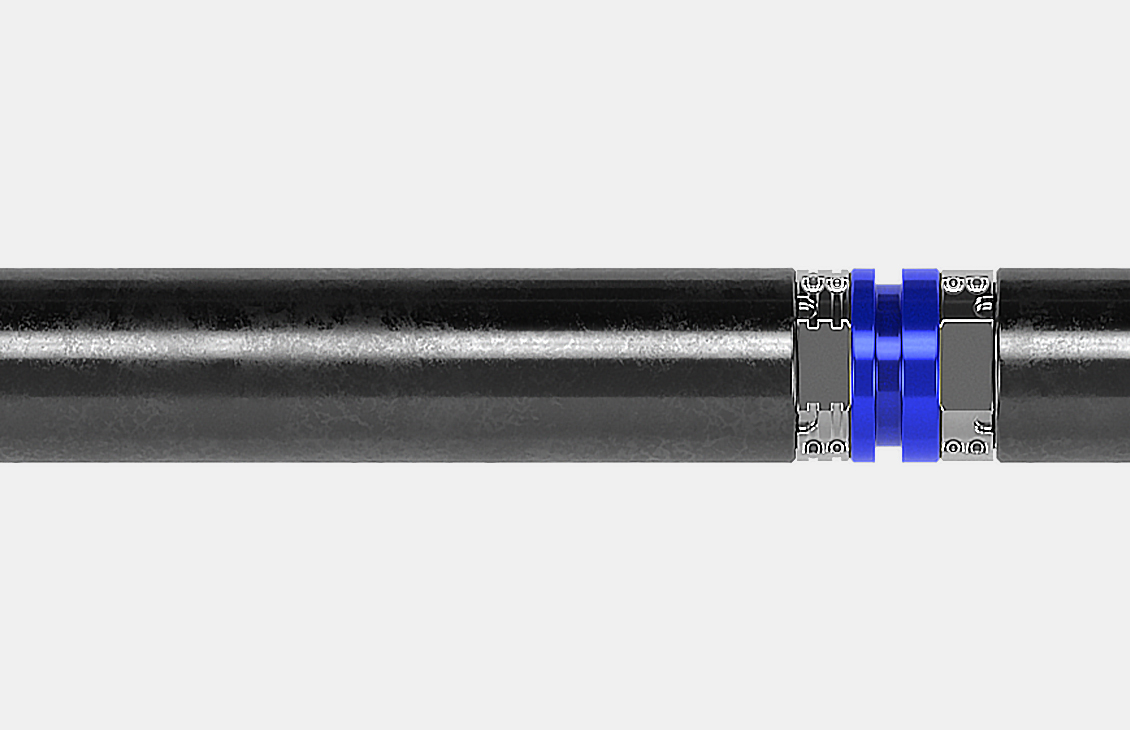SLB’s Thomas Filiponi, reservoir performance manager, Europe, and EnQuest’s Ali Talpur, director global procurement supply chain, discuss production enhance of a 5-well campaign in a North Sea oilfield. The campaign was focused on enhancing production through innovative commercial and technical solutions. "This collaboration helped EnQuest unlock energy and bring production 1 year before we planned," says Ali.
When it comes to traditional business and commercial models, in many circumstances there is a mismatch between the service company's objectives and the customer's objectives. "Challenges with traditional models are that we don't engage each other, and we don't share data," says Ali. "I think that probably doesn't encourage innovation." This leads teams to focus the discussion on the cost vs. on the value of the technology and the output of the project, which may discourage a "one-team" approach.
In a new model, the focus is on adding value through innovation, especially the use of technology. In a performance and production enhancement model, both parties share the risk and reward associated with the intervention program. This sets the team to work together as a project team instead of two separate teams. "Both technology and collaboration made a difference," notes Ali. "Because we engaged each other early, because we shared data and were transparent, we were able to come up with really innovative commercial and technical solutions." As a service provider, SLB provides its technology portfolio to enable customers to overcome intervention challenges. SLB and EnQuest experts leveraged this portfolio as well as our technical teams to perform the operation.
For the first time in the North Sea, SLB combined its Flow Scanner horizontal and deviated well production logging system and Pulsar multifunction spectroscopy service to identify an underperforming interval in real time. Both EnQuest and SLB teams then decided to use the P3 postperforating treatment and PURE clean perforations system to maximize production of that underperforming interval. And the results were fantastic.
Ali says there was a "clear willingness to be flexible on both sides. Look what we've achieved together. EnQuest is all about improving efficiency, creating value, and working differently, and we're always looking for opportunities where we can work together. SLB is all about customer focus and technology, and the way SLB invests in R&D speaks for itself. We made a very good team."
The partnership between EnQuest and SLB as the first production enhancement risk-reward sharing model in the North Sea will surely evolve. A strategic alliance will require flexibility in commercial and operational models. As we work together, we will derisk operations and ensure that as we engage in future projects, our learning and experience are further implemented to create better outcomes in the region.
"Projects like these really improve EnQuest's business model," says Ali. "With innovation and collaboration, we can really optimize production. EnQuest is a leader in managing late-life assets. We have a track record and evidence to show how we have been able, through innovate ways of working, to unlock energy and extend the life of these old and marginal fields in the North Sea and internationally. It was a success."
Bill Cattanach OBE, head of supply chain, North Sea Transition Authority (NSTA) (formerly Oil and Gas Authority), mentions that "the application of a much more collaborative and innovative contracting strategy enables unlocking additional value from these projects. Many projects in the oil and gas sector are deemed too challenging or difficult, but when you get the best brains together and people from the supply chain with good ideas, we can find new approaches that unlock these otherwise stranded projects. I've always been concerned by the possibility of some companies showing a preference to the lowest-cost bid when awarding contracts based on detailed scopes of work. This, however, does not create the best culture to foster innovation or alternative approaches that could potentially deliver greater returns for all parties. Promoting a value-adding contracting culture in which all parties are aligned to a common goal is a focus area for the NSTA. To that end, we've recently developed and implemented our Supply Chain Collaboration and Cooperation: Stewardship Expectation 12, outlining the ways in which companies should collaborate with supply chain contractors. This is based on fair and equitable relationships between buyers and sellers. The examples that have been discussed today reflect that culture. My hope is that this approach can become more universally adopted across the industry, and in doing so, unlock new opportunities for all stakeholders."





